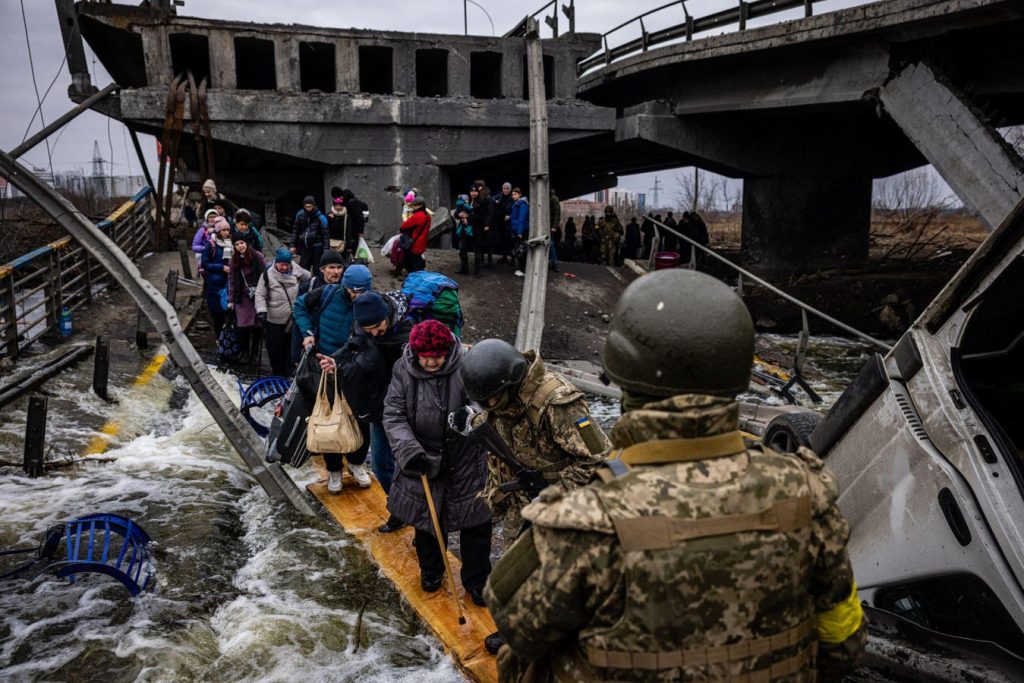When there’s bad news in the headlines, scamsters see it as good news. Then they know they can ramp up fraudulent schemes to siphon money from well-meaning donors.
The Israel-Gaza war ins no exception. It has triggered fraud merchants to set up fake websites, which also cater to people who want to help during natural disasters.
“Following natural disasters,” notes the Cybercrime Support Network (CSN), “instances of charity scams have unfortunately become more common, exploiting generous people’s goodwill and posing a challenge to true relief efforts.”
According to the CSN, there are three major types of fraud perpetrated by scammers after such tragedies.
- Scammers create fake websites or social media pages that look like they belong to a legitimate charity. They will use the same name or logo as a legitimate charity, or a similar name or logo. They may also copy the charity’s website design or create a fake website that uses a similar web address as the real charity.
- Scammers contact people directly and ask for donations. This is done in person, by mail, by phone, via email, text message, and even by social media messaging. The scammer may claim to be a representative of a legitimate charity, or say that they’re raising money for a specific individual or family in need.
- Scammers set up fake donation collection pages. Scammers will create a page asking for donations for a fake cause, or may pose as a legitimate charity.
- Scammers often target major charities, especially those that aim at people’s emotions and goodwill. Other organizations these scammers may target include: Veteran Organizations, animal charities and charities for sick children.
How do you avoid trouble? The Better Business Bureau has some guidelines, which apply to any charity pitch:
- Can the charity serve the area impacted by the crisis? Not all relief organizations are positioned to provide relief quickly. See if the charity already has a presence in Israel or Gaza, for example. If they don’t, avoid them.
- Are you being solicited through social media? Scammers recognize the emotional need to help in emergency situations. Be wary of responding to appeals without taking the opportunity to verify the trustworthiness of the social media source or the specified charity.
- Is the charity experienced in providing emergency relief? Experienced relief charities are the best bet to help deliver aid as soon as possible. New entrants may have difficulty in following through — even if they have the best of intentions. You know that established groups like the International Red Cross have been providing relief for decades. If the group sounds sketchy, it probably is not what you think it is.
- Make a Donation With a Credit Card. If the organization is a scam, you can “charge back” your donation through your credit card company. But do your research first.
One rule of thumb that works consistently is to ignore every unsolicited pitch. If you didn’t call, text or email the organization, don’t respond. Many of these pitches are fielded by companies that take a huge cut of donations received. You’re better off sending money directly to the charity of your choice.
With every charity that’s new to you, do your homework. Organizations like Charity Navigator not only extensively research thousands of non-profits, they rate them.
Read the full article here
